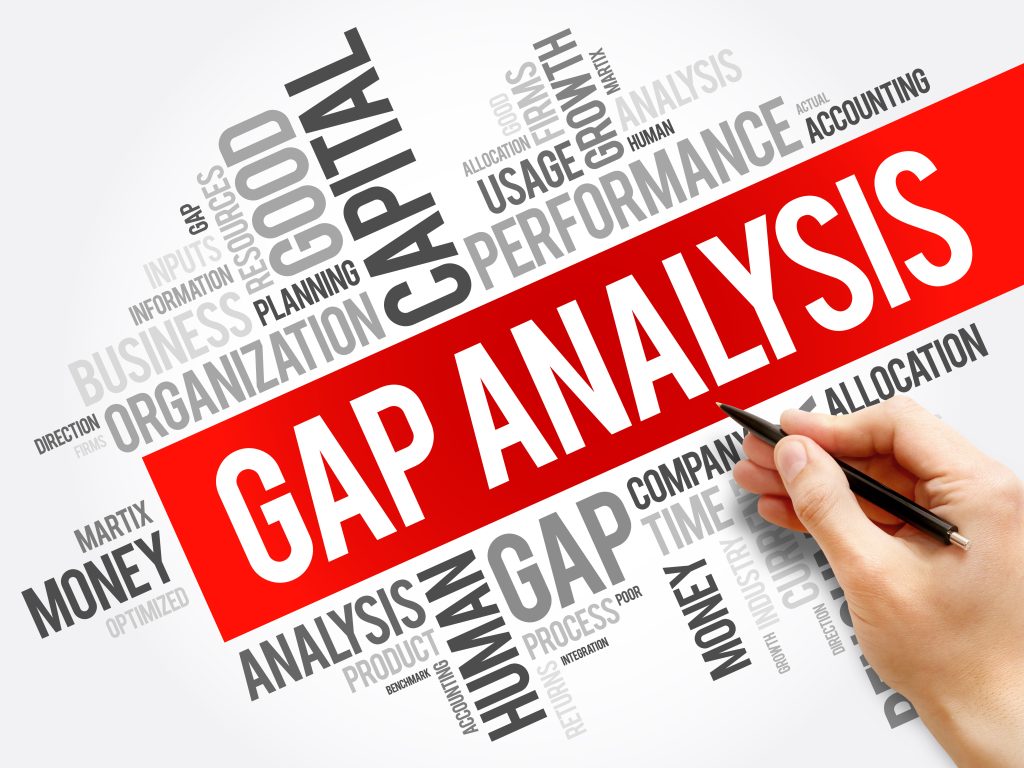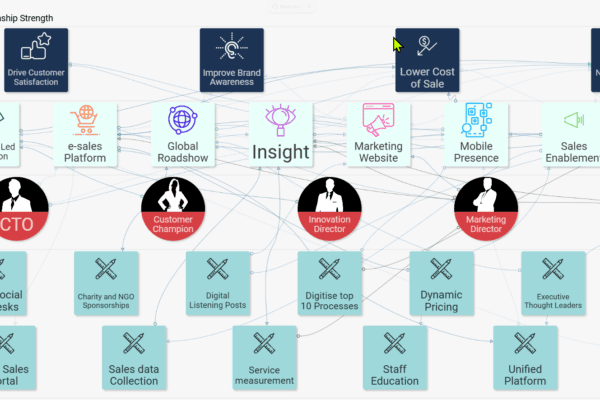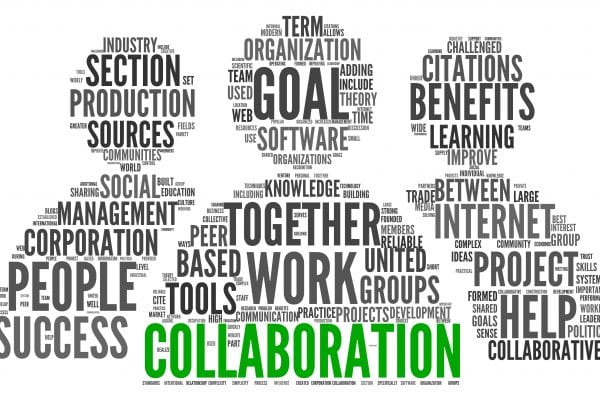Do you have the necessary collaboration capability and skills?
Although the internal assessment is stage 3, I think it is a good idea to conduct an internal assessment at the beginning, even if it is a “lite” version, as this will quickly help you to identify areas that you will need to focus on and it supports both Stages 1 Awareness and Stage 2 Knowledge.
So far you will have established an awareness of what collaborative relationships are about and collated a body of knowledge with regards to collaborative working to have developed a strategy and business case for a specific identified opportunity.
Now you need to understand what are your current collaborative capabilities and how mature are they. This is important as it will help you to identify your strengths and weaknesses and set appropriate expectations with your partners.

Stage 3 Internal Assessment
There are 7 parts to the internal assessment, which are summarised below:
- Self assessment: If you have a quality assurance, auditing or similar function within your organisation they will be able to help and facilitate the internal assessment. You will need to have the appropriate policies and procedures in place to create the right capability and environment for collaborative working. The assessment can take a strengths and weakness approach focusing on organisational structure, collaboration experience, capabilities of people and your business processes with support from the SER. After you have completed this you need to assess your collaborative profile which addresses the 3 A’s of an organisation: Attributes, Attitude and Ability.
- Collaborative leadership: There have certainly been instances when I have reviewed projects and leadership has been an issue. For each collaborative relationship where a strategy has been developed you need to ensure you have the correct and effective leadership in place with the necessary capabilities.
- Partner selection criteria: This is self explanatory but again from my experience selection is sometimes made on cost or previous relationships among others, which can be fatal. Using the information already collated in particular your own collaborative profile, you need to determine what would the ideal partner profile look like.
- The challenge of alignment: You have now got to a position where you can complete a “gap analysis” and using the information you can identify training, development and recruitment requirements to ensure your organisation has the necessary capability and experience to work within a collaborative environment. As you can imagine, this might be quite challenging as people who would normally assume that they will be involved may not have the skills and capabilities and other people will be assigned instead.
- Internal action plan: Developing, integrating and implementing the necessary actions with clearly identified responsibilities and target dates will be necessary to move your strategy forward.
- SER review: There have been many times where I have seen an initiative start up, everyone is enthusiastic and as time goes on so the initiative slows down, dates get missed until in some cases it just withers and dies. The SER strategic reviews are crucial and need to be completed periodically covering the collaboration relationship performance, policy & objectives, resources, recommendations for improvement and risk profile. This is an opportunity for the SER to ensure people are not just focusing on their relationship but are looking at a wider perspective.
- Relationship Management Plan (RMP): Yes you have guessed it, you need to update your RMP and incorporate the outcome of your internal assessment.
End of ISO 44001 Strategic Phase
Now that you have completed stages 1 to 3 you are able to move onto the next phase which is Engagement. But before you do, let’s just recap on what you have achieved during the Strategic Phase of your ISO 44001 (BS 11000) collaboration approach.
You have gained an awareness about collaborative relationships and how this can help your organisation create new added value with other organisations that you have identified, enabling you to reach a go/no go decision as to whether you should proceed or not.
During the knowledge stage you collated information to support your specific collaboration opportunity followed up by an internal assessment to understand how ready you are as an organisation from a collaboration capability perspective.
Collaboration Capability
To help you complete your internal assessments and understand your collaboration capability, I have an extra bonus for you that takes the “pain” and hard work of doing assessments.
Click on the orange button below to get a FREE 14 Day R-VCS Trial which will include an ISO 44001 (BS 11000) Collaboration Capability Assessment template for you to start using immediately.
This is a highly visual and collaborative way to complete your assessment with other people in your organisation and with your potential business partners.
Claim your FREE R-VCS trial, powered by SharpCloud and receive a complimentary Collaboration Capability Assessment template by leaving your details and selecting R-CaaS (Roelto Collaboration-as-a-Service) in the form.
You will receive and email reply and I will contact you within the next 24 to 48 hours to set up your free Collaboration and Capability Assessment.
ISO 44001 Collaboration Stages
Review ISO 4401 Stage 2 Knowledge to ensure you have collated all internal data, information and knowledge or have a look at ISO 44001 Stage 4 Partner Selection, the first stage in the engagement phase.



